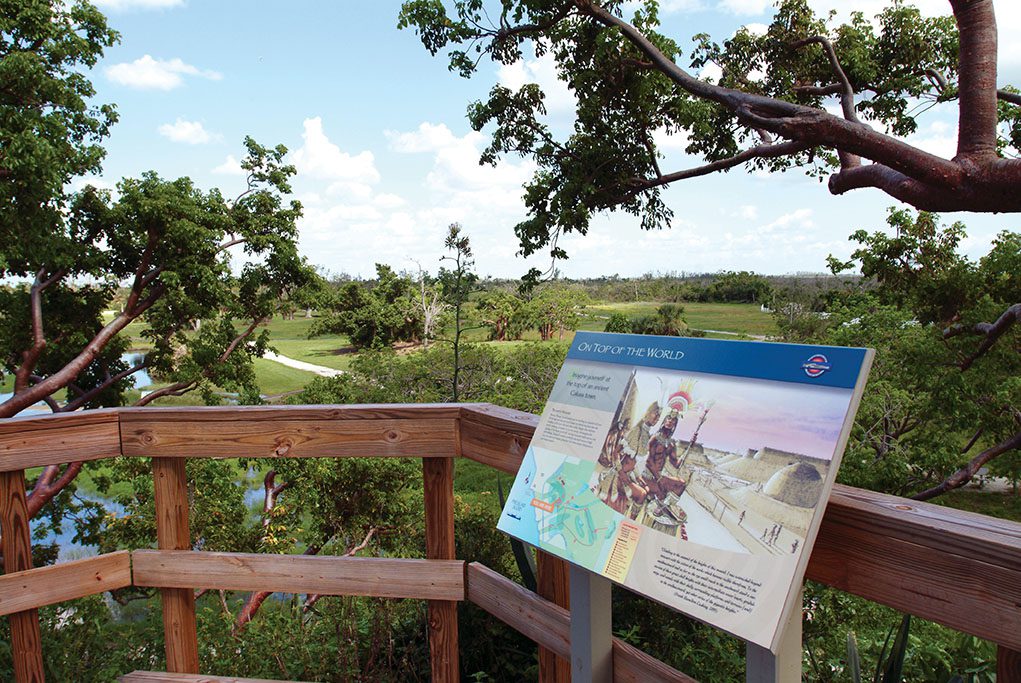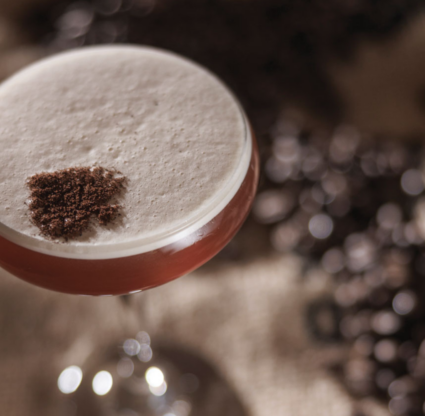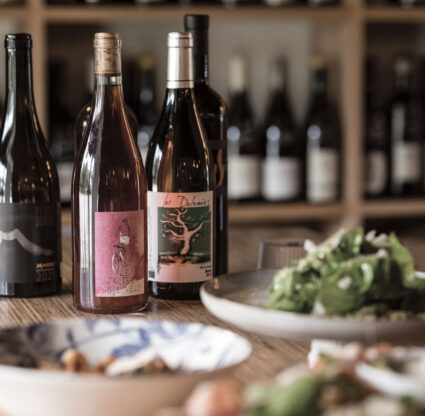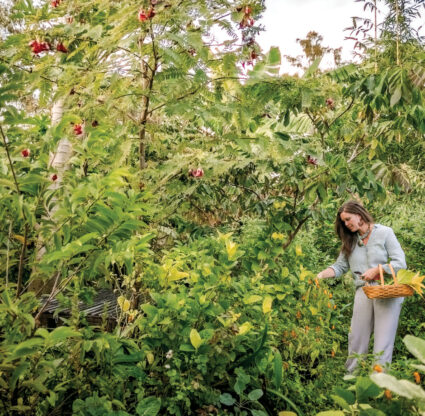Sometimes the best way to discover a place is without any particular destination in mind. That way, like an early explorer, you can be surprised by what you find. Which is how I recently came to know Pine Island, the 17-mile-long island tucked into Lee County’s northwestern corner where Juan Ponce de León is rumored to have put ashore. It’s a place often overlooked by those of us who live closest. Pine Island has a single main road—Stringfellow—which offers just enough directional guidance but still leaves plenty of leeway for surprise.
I set out late in the morning when the day’s heat already had bite, and I bypassed the tiny art community of Matlacha with its bright boutiques and restaurants. On another day, another trip, I’d certainly stop in. But on this particular excursion I sought the unexpected.
At the junction of Pine Island Road and Stringfellow, I faced my first decision: Head north or south? I chose north. What followed was a long stretch of land with wide spaces of scrub given over to sprawling nurseries, a few trailers and an Assembly of God church painted turquoise blue. Much of Pine Island remains underdeveloped, and if you’re used to the manicured perfection of planned communities, it will throw you. In the best possible way.
Coming up on a large nursery, I noticed several signs staked into the ground. They advertised the usual—bromeliads, orchids—and I thought to keep driving. Until I saw a sign for something that grabbed my attention: fresh sugarcane juice. Tires squealing, I pulled off the road into the gravel parking lot and found a fruit stand with hands of bananas hanging from a thatched roof. An electric sugarcane press whirred behind the counter, and as I approached the stand I heard the man in front of me ask for a cup of cane juice.
“How sweet is it?” he asked. “Like, extremely sweet?”
The man behind the counter gave him a deadpan expression.
“It’s sugarcane,” he said.
I ordered my own cup (extremely sweet) and walked to a small table manned by a volunteer from the University of Florida Extension Service. His table was covered with brochures—How to Treat Rugose Sprialing Whitefly; How to Grow Herbs in Florida—plus a few guides to Pine Island.
“I’m exploring the area,” I asked him. “Do you have any recommendations?”
The man beamed, and I had the impression not a lot of people stopped by his table. Eagerly, he unfolded one of the paper maps and spread it in front of us.
“People come to Pine Island for three things,” he said. “To eat, to fish and to visit galleries.”
I frowned. That wasn’t what I had in mind.
“Anything else?” I said.
He thought for a moment, his eyes raised to the sky. “I suppose you could go to the Indian burial mounds.”
The what?
With a cracked and stained fingernail, the man traced the way on the map.
“Up Stringfellow Road and a left on Pineland, then follow the curve around,” he said. “You can’t miss it.”
I finished my cane juice and set off, following the route he’d drawn. I drove along a narrow road carved between silver mangrove trees, their branches hewn clear to create a path. Cracker houses from early in the last century sat beside the road, and I felt as if I had stumbled upon an old settlement. Finally, I reached the Randell Research Center, a lonely outpost across the road from the American Bible College. The research center has a small gift shop and a few volunteers to point you in the right direction, but otherwise it’s a sprawling piece of land that looks vast and deserted. Before I set out, one volunteer handed me a laminated map.
“You’ll want stick to to the path,” she said with an ominous laugh. “Wouldn’t want you to get lost out there.”
 The sun beat down mercilessly as I walked, and I regretted not bringing a hat. Or sunscreen. Or a bottle of water, for that matter. Eventually I found the first mound, a 30-foot hill of piled mollusk shells and whelks bleached white by the sun. Archaeologists call these midden mounds—the scientific term for “trash heaps”—and this is where the Calusa who lived in a civilization on Pine Island 2,000 years ago dumped their refuse. Farther down the path sat another midden mound and farther still, the burial mound, made of sand. But first I had to climb this one. Sweating, I made my way to the top and gazed out over the landscape. The steel-gray waters of the sound sat at my back, and the still-to-explore terrain stretched in front of me. I felt like an adventurer—Ponce de León on his best day.
The sun beat down mercilessly as I walked, and I regretted not bringing a hat. Or sunscreen. Or a bottle of water, for that matter. Eventually I found the first mound, a 30-foot hill of piled mollusk shells and whelks bleached white by the sun. Archaeologists call these midden mounds—the scientific term for “trash heaps”—and this is where the Calusa who lived in a civilization on Pine Island 2,000 years ago dumped their refuse. Farther down the path sat another midden mound and farther still, the burial mound, made of sand. But first I had to climb this one. Sweating, I made my way to the top and gazed out over the landscape. The steel-gray waters of the sound sat at my back, and the still-to-explore terrain stretched in front of me. I felt like an adventurer—Ponce de León on his best day.
If you go…
• Try sugarcane juice by the cup or coconut water straight from the coconut at Fruitscapes nursery (12870 Stringfellow Road; 462-2341). Pick up a mango or litchi tree while you’re there.
• The Calusa Heritage Trail at the Randell Research Center (13810 Waterfront Drive; 283-2157) is open Monday through Saturday, 10 a.m. to 4 p.m. Bring sunscreen. And a hat. And water.
• Everyone on the island seems to have an opinion on the supposed Ponce de León landing. Be sure to ask around.





